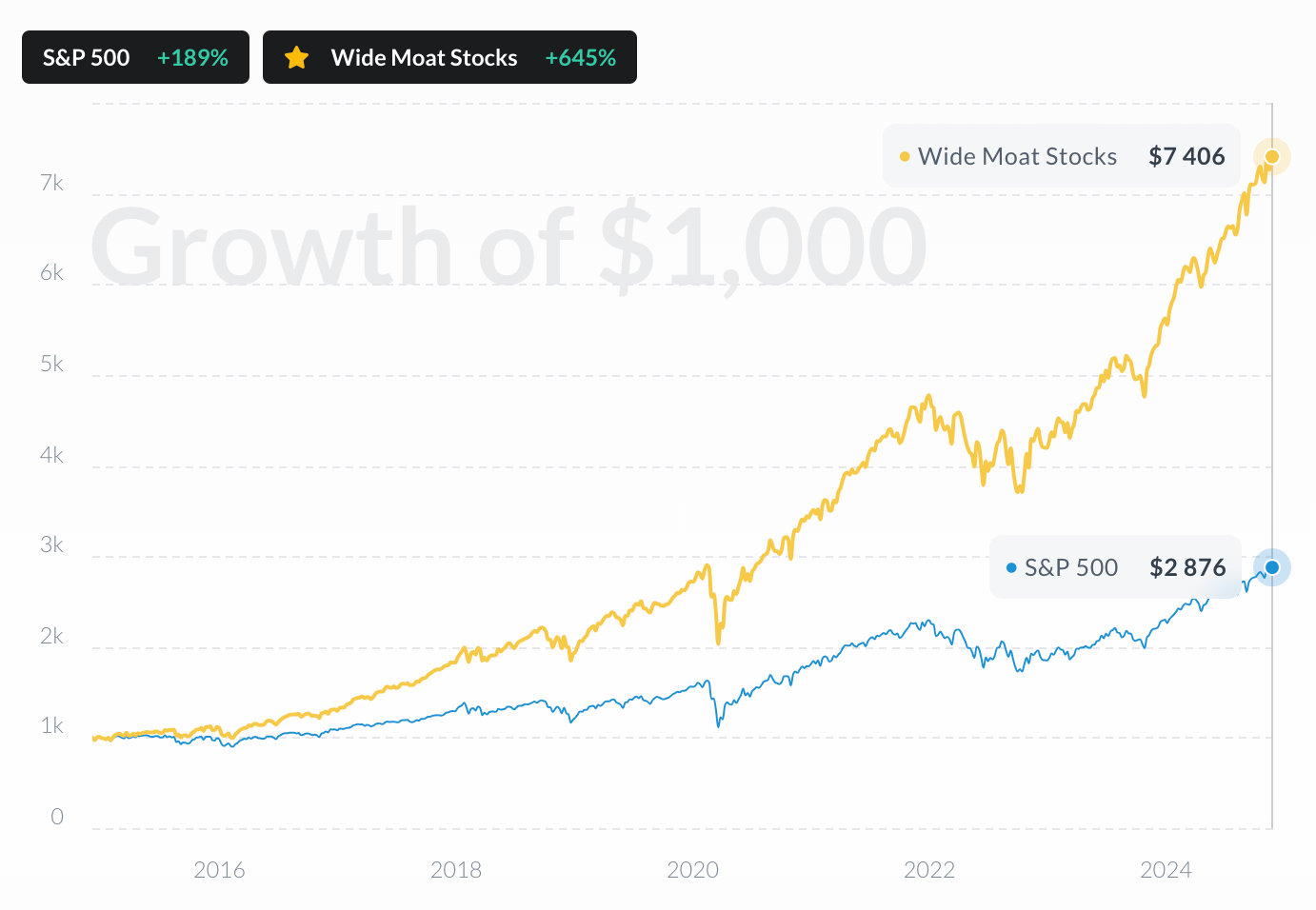 LYFT
vs
LYFT
vs
 S&P 500
S&P 500
 LYFT
LYFT
 S&P 500
S&P 500
Over the past 12 months, LYFT has outperformed S&P 500, delivering a return of +19% compared to the S&P 500's +17% growth.
Stocks Performance
LYFT vs S&P 500

Performance Gap
LYFT vs S&P 500

Performance By Year
LYFT vs S&P 500

Lyft Inc
Glance View
Lyft Inc., emerging from the bustling streets of San Francisco in 2012, swiftly ascended to become a pivotal player in the ridesharing industry. It differentiated itself with a unique blend of technology and community ethos, focusing on fostering a connection between riders and drivers. This human-centric approach was a breath of fresh air in a market dominated by its notable competitor, Uber. Lyft's mobile platform seamlessly connects passengers with nearby drivers, offering a range of ride options from standard rides to shared and luxury experiences. The beauty of Lyft's model lies in its convenience and flexibility, addressing the evolving transit needs of the modern urbanite who seeks affordability paired with reliability. Financially, Lyft thrives by taking a commission on each ride—typically a percentage of the total fare—which varies based on distance, time of day, and demand surges. Furthermore, its strategic alliances with diverse partners enhance its revenue streams. Notably, collaborations with car manufacturers, rental companies, and even insurance firms provide ancillary services that bolster its core offerings. Beyond individual rides, Lyft has seen growth through its Lyft Business division, which caters to corporate travel solutions, and Lyft Bikes and Scooters, broadening personal mobility options. These ventures, while diversifying its income and embracing a wider mobility sector, also signal Lyft’s ambition to be more than just a ride-hailing company but a robust transportation network catering to the dynamic landscape of urban transit.































 You don't have any saved screeners yet
You don't have any saved screeners yet